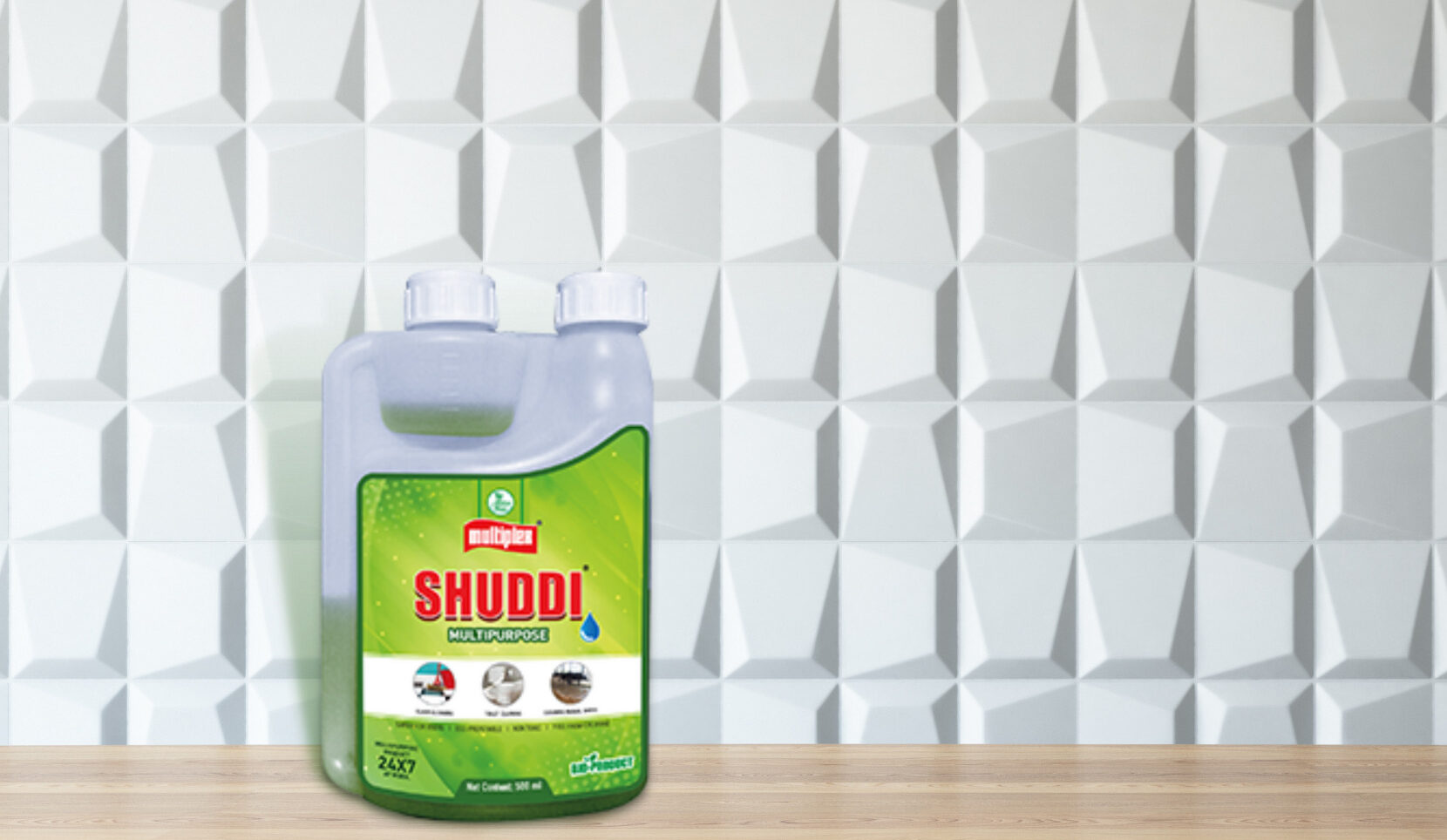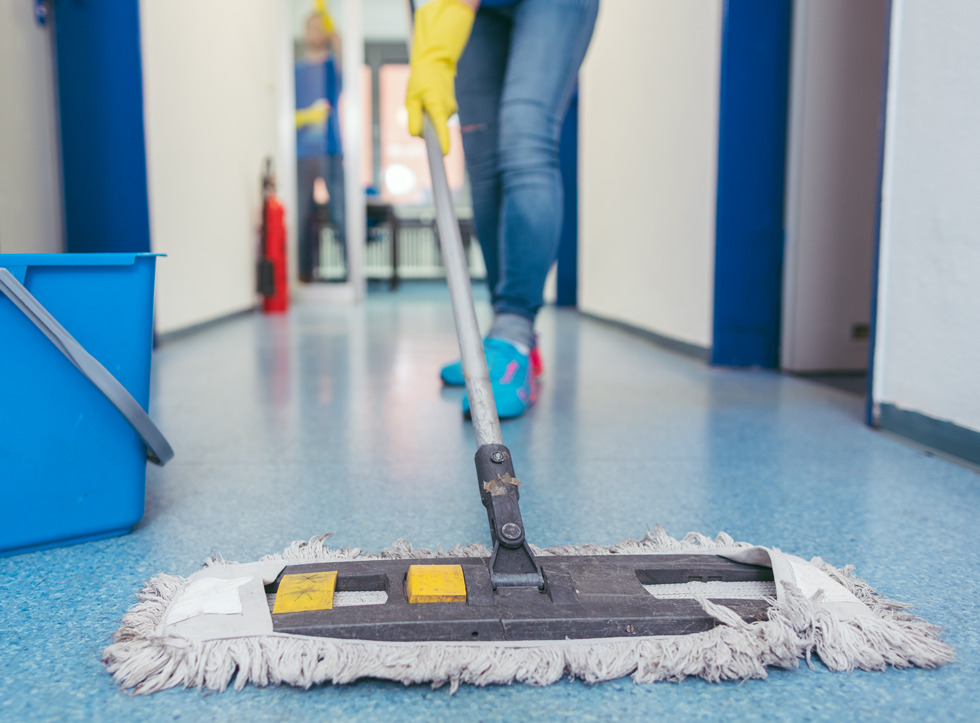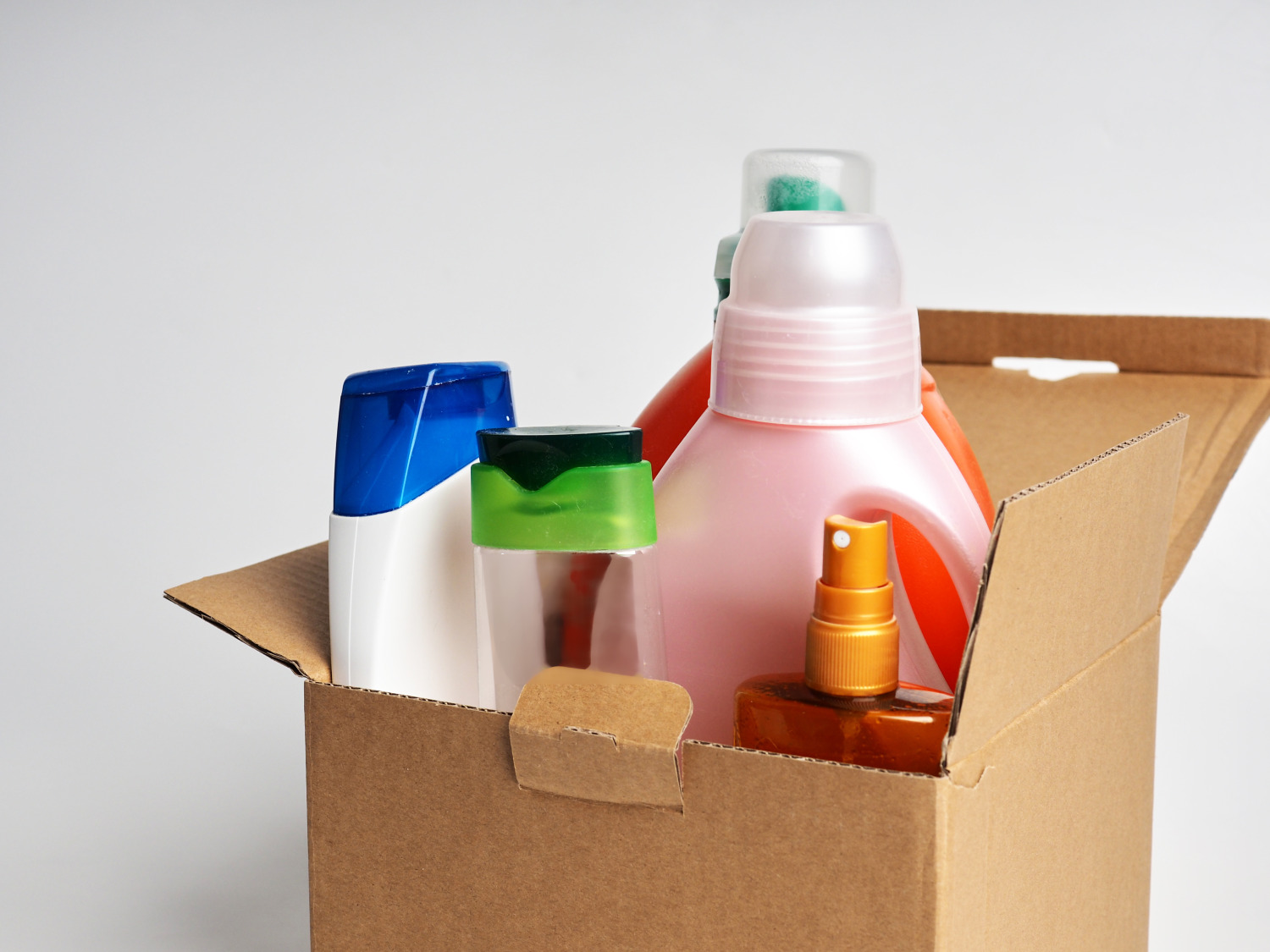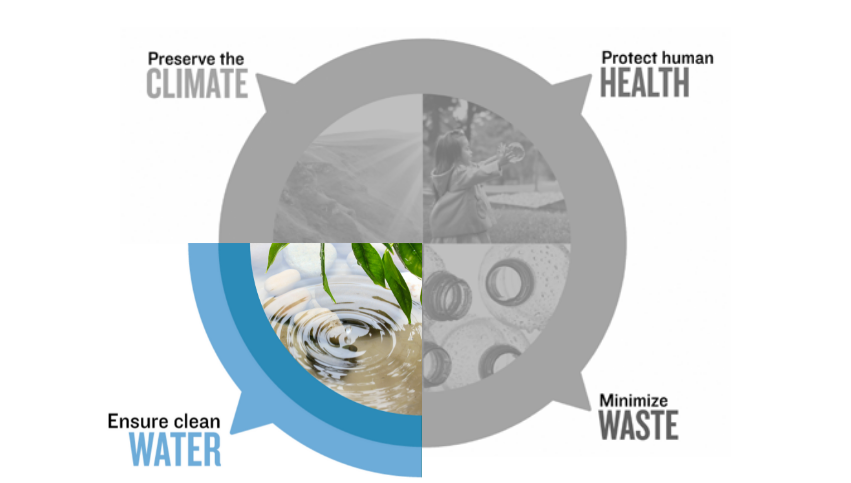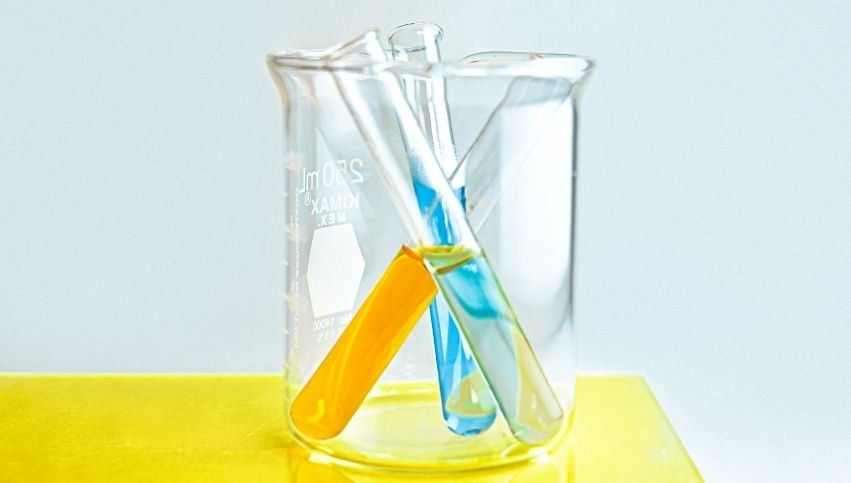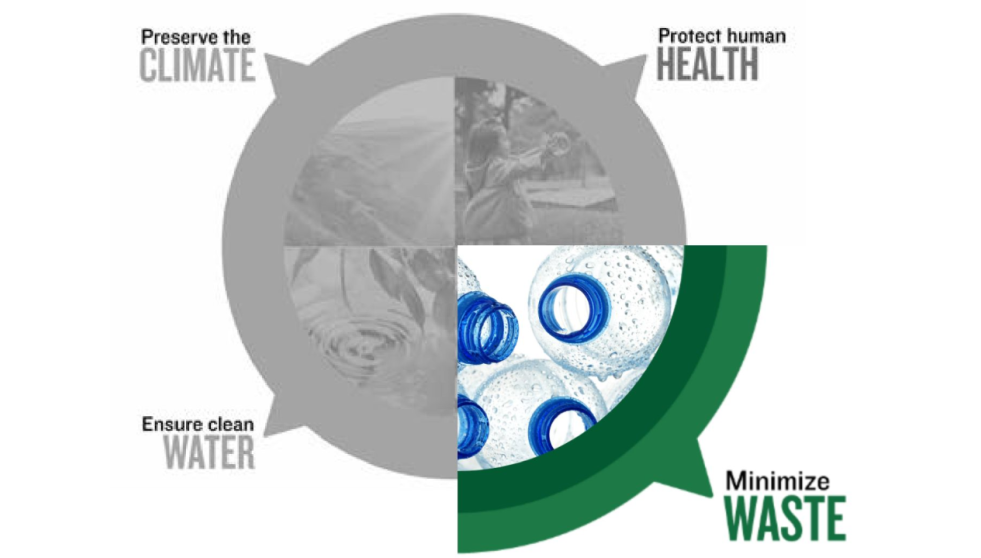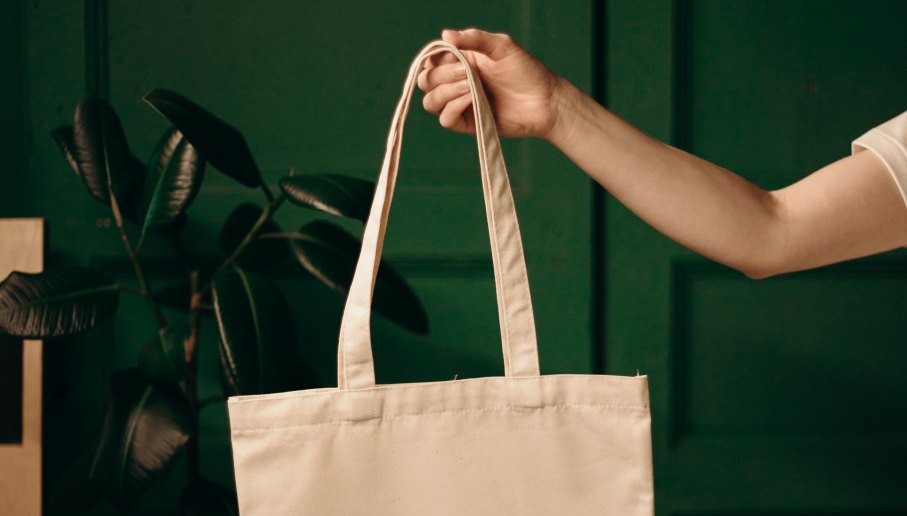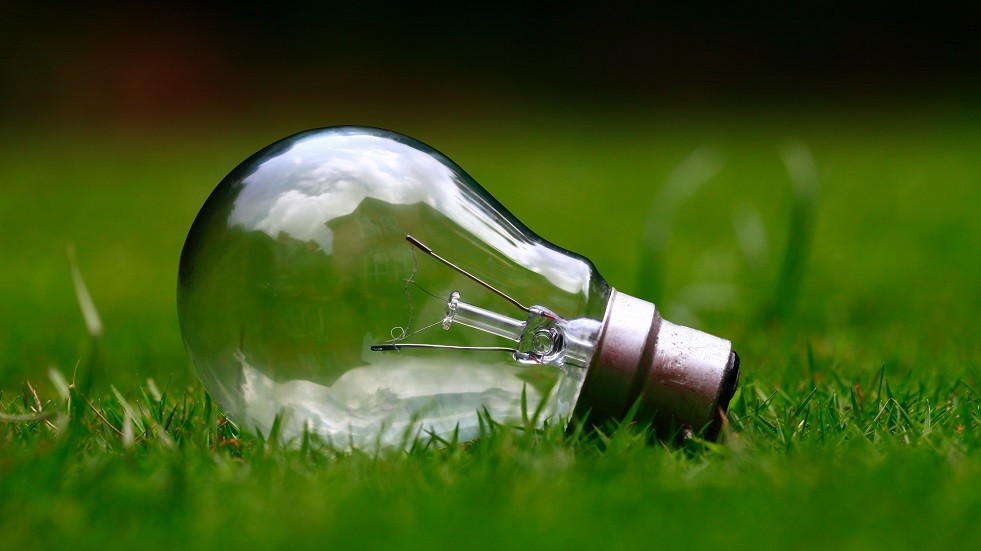This is part of a series of stories about Green Seal’s Compass. Find related stories here.
Green Seal’s work follows a compass that focuses on four key targets: protecting human health, minimizing waste, ensuring clean water, and preserving the climate. This compass keeps us focused on Green Seal’s priority impacts, ensuring that Green Seal certification reflects products and services that are safer for people and our planet. In this blog post, I will describe how Green Seal verifies that certified products protect the health of water resources.
What You Should Know About Water Pollution
Water pollution is a global issue and a continuing challenge in the U.S. Almost half of our rivers and streams are unsuitable for fishing or swimming because of high concentrations of pollutants.
Water pollution sources are diverse, ranging from agricultural and stormwater runoff to industrial spills, discarded tires, wastewater discharges, and the chemical soup of landfill leachate. Toxic chemicals in conventional household and commercial products can contaminate water bodies when these products are manufactured, used, and improperly disposed of.
Green Seal encourages and incentivizes companies to avoid water pollution by designing greener, healthier products that phase out hazardous chemicals from products and supply chains, instead of shifting the burden of chemical pollution to wastewater treatment plants.
Our High Standard for Ensuring Clean Water
The Green Seal Certification Mark helps buyers find products that are verified to be safer for aquatic ecosystems and to preserve our water quality. Below is an overview of some of the water protective requirements in Green Seal standards.
Products Cannot Be Harmful to Aquatic Life
Green Seal evaluates each ingredient in certified products to verify that the product is not harmful to aquatic life, meaning that short-term exposure to the ingredient will not harm fish or other organisms.
Green Seal does this by verifying an ingredient’s median lethal concentration of fish or its median effective concentration for immobilization of daphnia (water fleas). This means that a study has been conducted to identify how much of the ingredient will kill or immobilize half of the exposed test organisms over the course of a few days. If a small amount of an ingredient can kill half of the test organisms, that ingredient is classified as toxic to aquatic life. In general, when a study shows that an ingredient’s median concentration is greater than 100 milligrams per liter of test water, it is considered not harmful to aquatic life.
Products Must Be Biodegradable
Cleaning and facility care products can be formulated with chemicals that are persistent in the environment. Persistent chemicals take more than 40 days in typical aquatic conditions to break down into carbon dioxide, water, and harmless minerals. Because persistent chemicals remain in the environment longer, they have more time and opportunity to do harm than chemicals that are highly toxic but degrade rapidly. For example, certain surfactants in conventional cleaning products break down into nonylphenols which are toxic to aquatic life, are endocrine disruptors, and can take five years to degrade. Another example, per- and polyfluorinated substances (PFAS), can take decades or longer to degrade and are linked to prostate, breast, liver, and ovarian cancers and endocrine disruption.
Green Seal screens cleaning products to verify that ingredients are biodegradable in aquatic settings based on internationally accepted definitions and test methods.
Chemicals Must Not Bioaccumulate
Certain chemicals are known to accumulate in the body tissue of animals and people. Even though a chemical may exist at very low levels in food or water, when it enters our bodies faster than it leaves, it can build up and cause numerous adverse health effects. Certain bioaccumulative chemicals are associated with cancer and neurological damage. Mercury is a well-known heavy metal that bioaccumulates in fish, which is why the US Food and Drug Administration sets guidelines of 2-3 weekly servings of fish for young children and pregnant women. Certain PFAS, the persistent chemicals mentioned above, also bioaccumulate in human tissue, fish, and other wildlife.
Green Seal prohibits the use of chemicals that bioaccumulate in certified cleaning products.
Products Cannot Contain Optical Brighteners
Optical brighteners are a type of chemical used in laundry cleaning products to make fabrics seem whiter and brighter. Optical brighteners are prohibited because they are not readily biodegradable and may bioaccumulate — therefore failing two of Green Seal’s hazard endpoints.
Products Must Limit Phosphorous Use to Prevent Eutrophication
Eutrophication is when rivers, lakes, and coastal waters become saturated with nitrogen or phosphorus, causing the rapid growth of aquatic plants and algae, some of which are toxic. These plants are consumed by microbes that deplete the oxygen in the water, creating expansive “dead zones” where fish and aquatic life cannot survive. Eutrophication reduces biodiversity, affects water clarity, and often produces a terrible stench. When eutrophication occurs in marine waters, the plants and algae decompose and release carbon dioxide into the water – making ocean water more acidic and harming many species of marine life, including fish and shellfish.
Green Seal sets limits on phosphorus use to prevent certified cleaning products from contributing to eutrophication.
Companies Must Conserve Water
Certain Green Seal standards set limits on water usage, which is another important way to protect our water resources.
Hotels and lodging properties certified to Green Seal’s gold standard have saved up to 10 million gallons of water a year by meeting Green Seal’s criteria for using water-saving toilets and fixtures.
Manufacturers of Green Seal-certified sanitary paper products must meet limits on gallons of water used to produce a ton of final product.
Impacts that Matter
Producing greener products, fostering greener supply chains, and implementing water conservation policies are critical steps that today’s leaders are taking on the path to a low impact economy. Green Seal recognizes these leaders with third-party certification so that you can identify choices that protect public health, safeguard our rivers and lakes, and preserve our climate.


